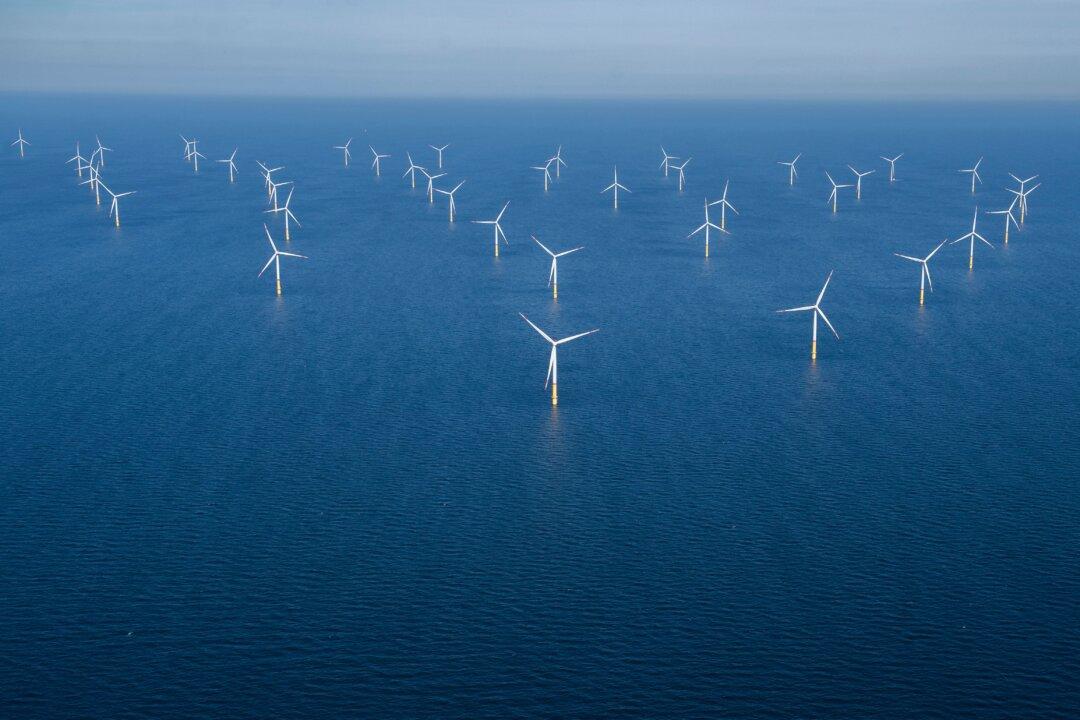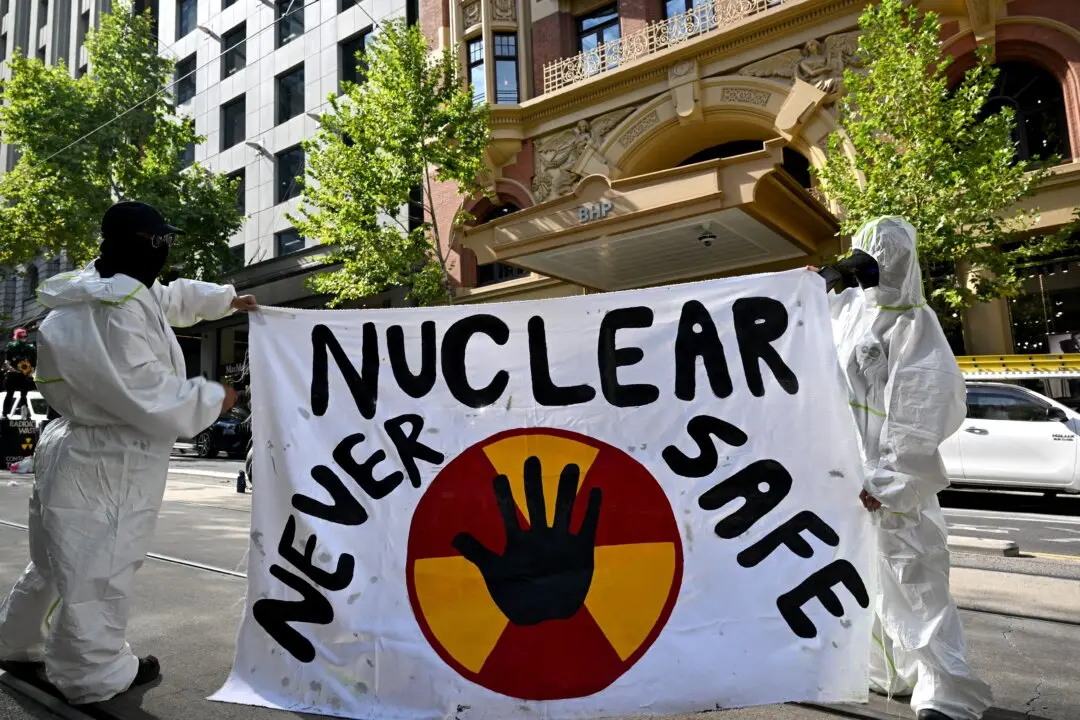Australia has officially launched the country’s first offshore wind farm zone, with government officials and environmental advocates touting the project as a “game changer” for the domestic energy market.
The zone is located on the coast of Gippsland south of Victoria and covers about 15,000 square kilometres (5,790 square miles) offshore, running from Lakes Entrance in the east to south of Wilsons Promontory in the west.





